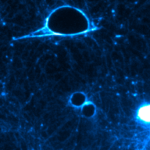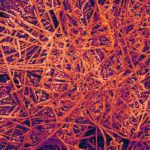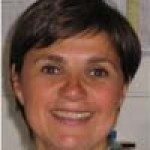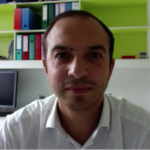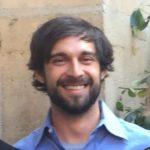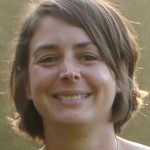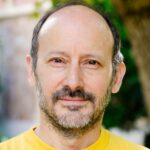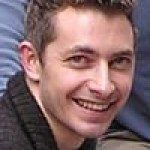Link to Pubmed [PMID] – 39358383
Link to DOI – 10.1038/s41536-024-00372-0
NPJ Regen Med 2024 Oct; 9(1): 28
Cold atmospheric plasma (CAP) is a promising complement to tissue repair and regenerative medicine approaches. CAP has therapeutic potential in infected cutaneous wounds by mechanisms which remain enigmatic. Here, CAP is shown to activate phagocyte NADPH oxidase complex NOX2. CAP induced increased intracellular reactive oxygen species, alleviated by NOX2 inhibitors. Genetic and pharmacological inhibitions of NOX2 in macrophages and bioengineered skin infected with Staphylococcus aureus and treated with CAP reduced intracellular oxidants and increased bacterial survival. CAP triggered Rac activation and phosphorylation of p40phox and p47phox required for NOX2 assembly and activity. Furthermore, CAP induced collagen I expression by fibroblasts. Infection and healing kinetics showed that murine skin wounds infected with S. aureus and treated with CAP are characterized by decreased bacterial burden, increased length of neoepidermis and extracellular matrix formation. Collectively, our findings identify mechanisms triggered by CAP that subdue infection and result in enhanced repair following skin injury.


